Observing magnetic fields: 100 years of data
Marking the centenary of the Lerwick Geophysical Observatory.
02/08/2022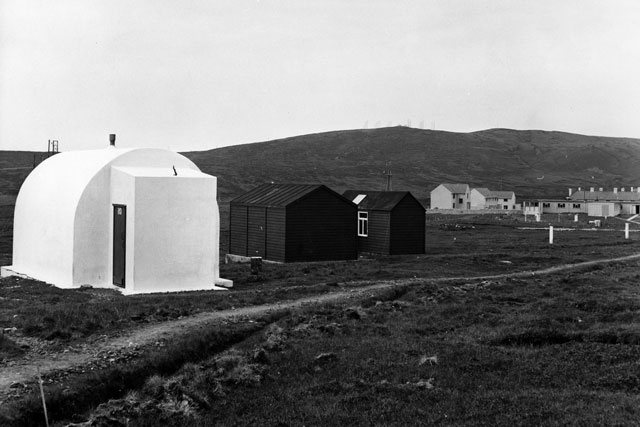
In scientific fields, a lot changes over the course of 100 years. From our understanding of how the world works to the tools that we use to measure data, very little stays the same. For that reason, it is important to celebrate things that have remained constant through that time and supported scientific learning and exploration for generations. One such thing is the Lerwick Geophysical Observatory, which recently celebrated its centenary — albeit one year late due to COVID-19 delays.
The Lerwick Geophysical Observatory in Shetland is a facility operated by the Met Office and some of the data collected there is processed and analysed by BGS. The observatory plays an important role in weather forecasting, the detection of the local magnetic field and seismic monitoring.
The high geomagnetic latitude of Shetland makes the Lerwick observatory an excellent site for measuring the Earth’s natural magnetic field variations and making aurora observations. In fact, the observatory was established when the Norwegian government lobbied the British to establish a meteorological observatory in the Shetland Islands after explorer Roald Amundsen expressed a desire to compare notes on the aurora borealis.
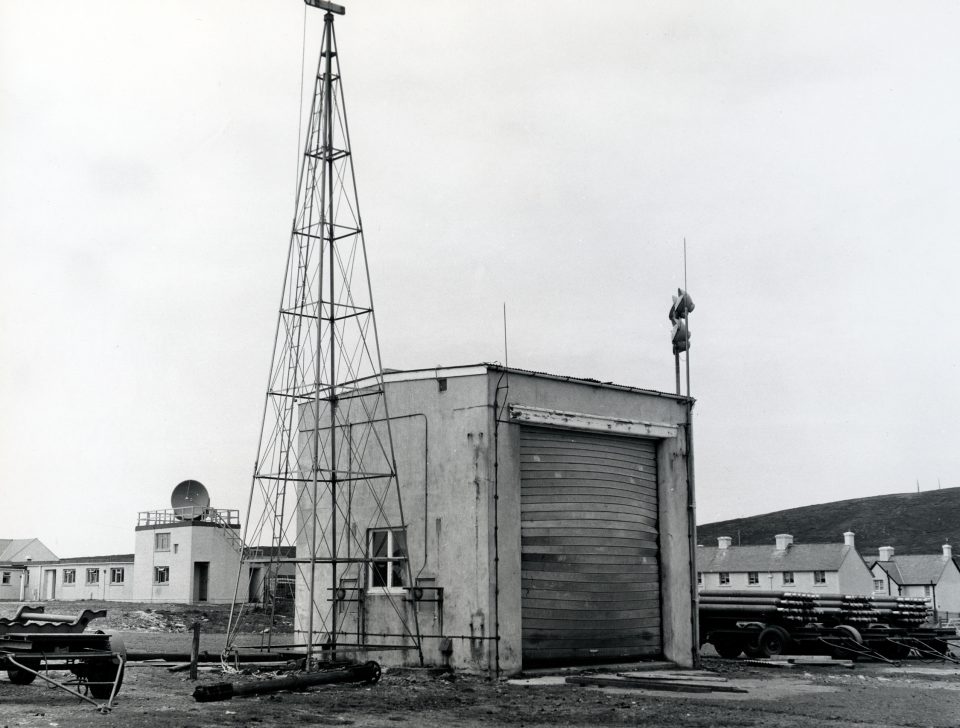
The geomagnetic observatory at Lerwick, Shetland, pictured in 1965. BGS © UKRI.
Magnetic data has been recorded continuously since 1921, first in analogue form traced onto paper then, from the 1980s, as digital data. Today, modern magnetometers automatically transfer data every minute to the BGS office in Edinburgh for processing. BGS archives maintain a complete record of the natural magnetic field variations since 1921.
Guanren Wang from BGS’s geomagnetism team attended the observatory’s centenary celebration on 7 June 2022, where he gave a presentation about the history and current work of the observatory to an audience of local guests.
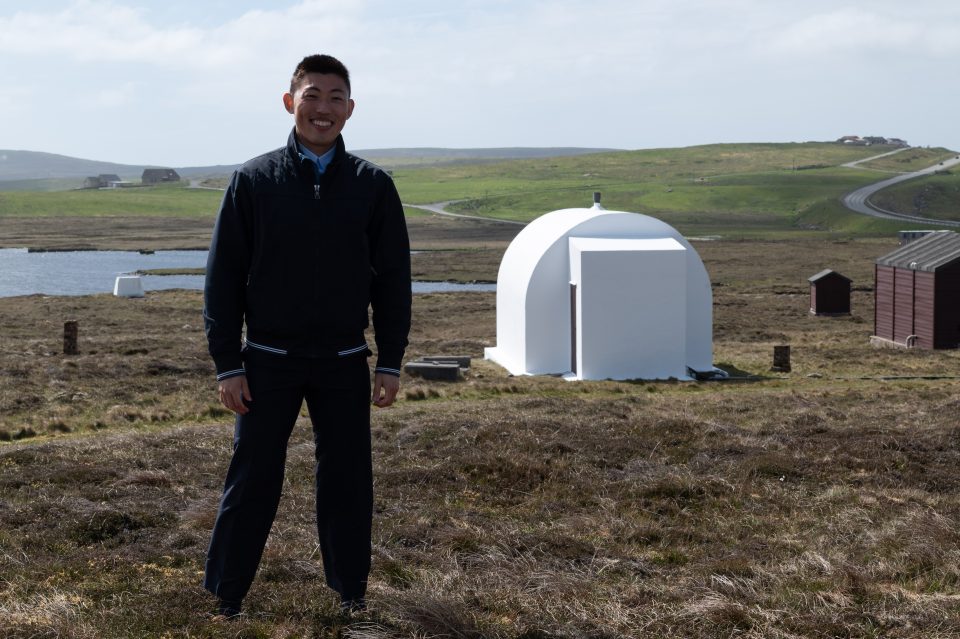
BGS geomagnetic scientist Guanren Wang in front of the magnetometer hut, which is part of BGS’s equipment at Lerwick Met Observatory, taken on its 101st anniversary celebration. The white hut is a variometer hut designed in 1921. Its thick concrete walls are coated entirely in white paint to avoid heating in the sun; this is done so the internal room temperature is kept stable because magnetometer measurements are sensitive to changing temperatures. The whole hut is deliberately constructed from non-magnetic materials and is free of iron and steel. BGS © UKRI.
Up-to-date magnetic field data is essential for a range of high-precision modern navigation techniques, which would have been unimaginable 100 years ago when the observatory was first established. This leads to the question — where will magnetic data take us in the next 100 years?
About the author
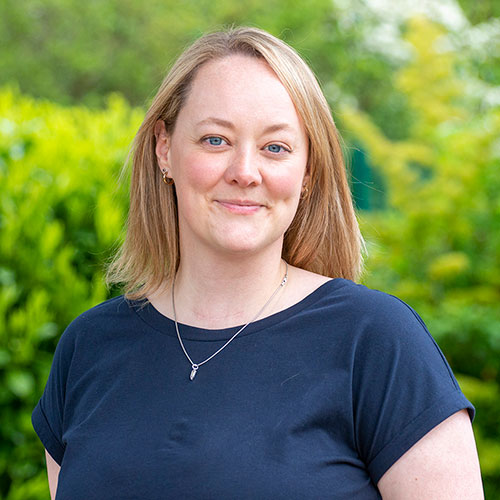
Eilidh Henderson
Head of engagement
Relative topics
Latest blogs
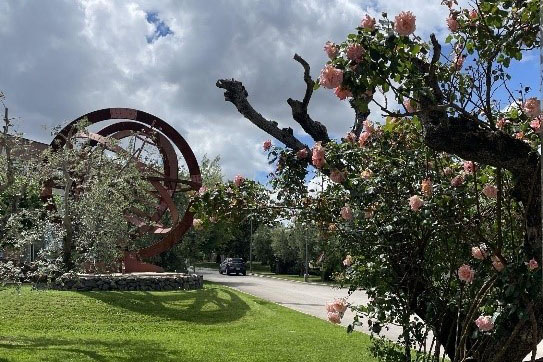
AI and Earth observation: BGS visits the European Space Agency
02/07/2025
The newest artificial intelligence for earth science: how ESA and NASA are using AI to understand our planet.
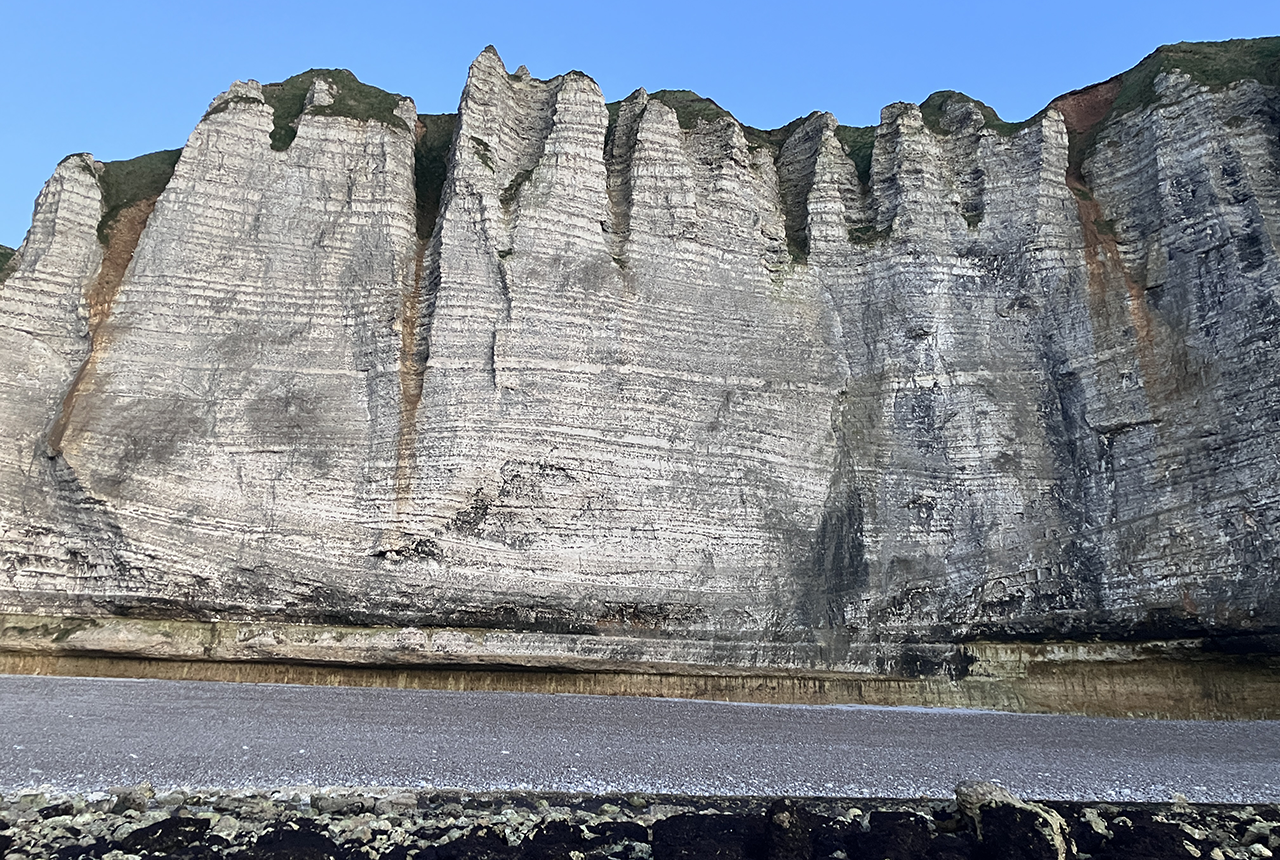
Geology sans frontières
24/04/2025
Geology doesn’t stop at international borders, so BGS is working with neighbouring geological surveys and research institutes to solve common problems with the geology they share.
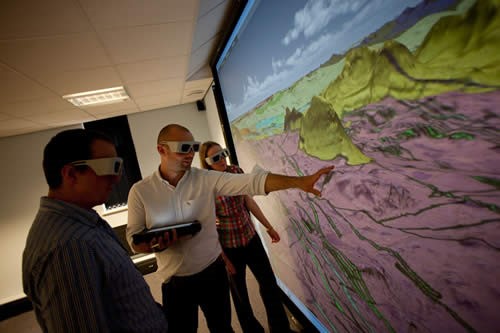
Celebrating 20 years of virtual reality innovation at BGS
08/04/2025
Twenty years after its installation, BGS Visualisation Systems lead Bruce Napier reflects on our cutting-edge virtual reality suite and looks forward to new possibilities.
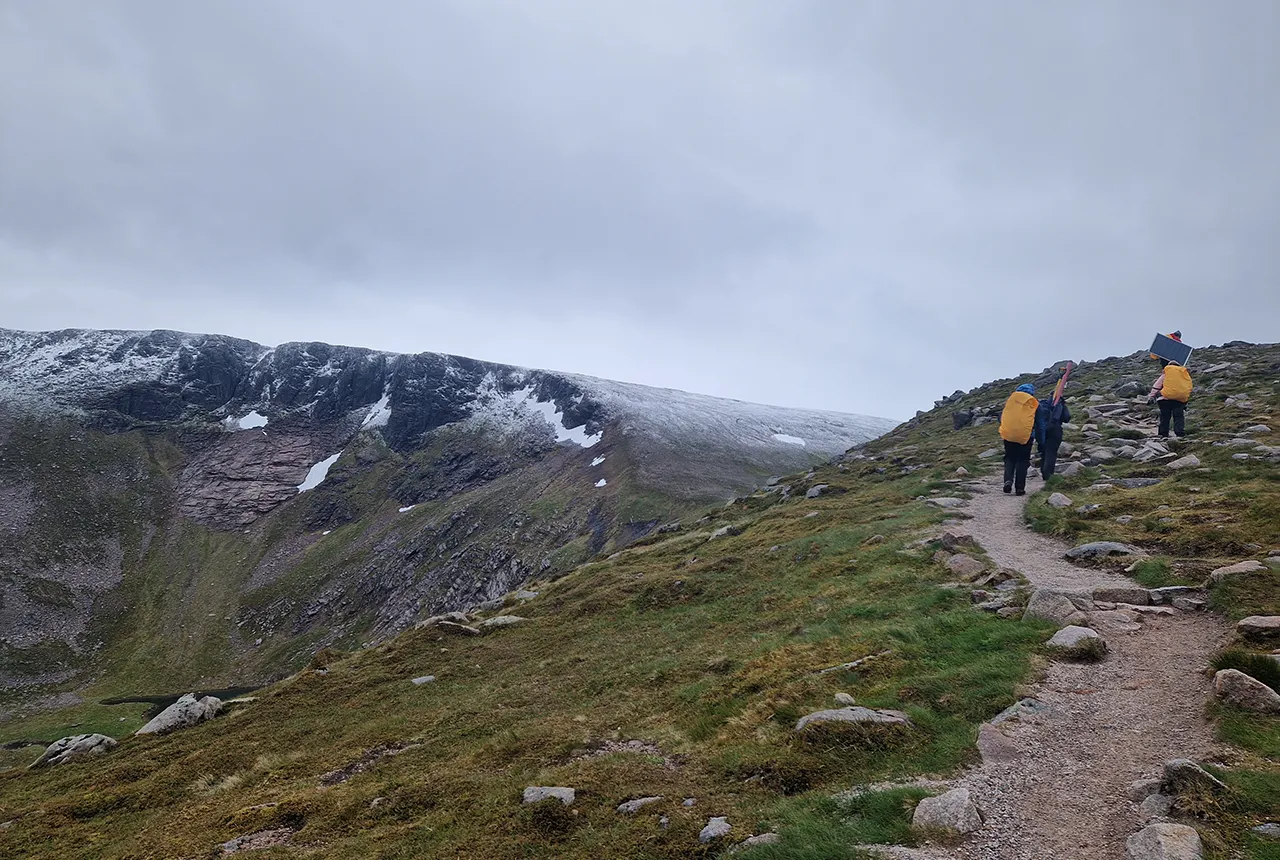
Exploring Scotland’s hidden energy potential with geology and geophysics: fieldwork in the Cairngorms
31/03/2025
BUFI student Innes Campbell discusses his research on Scotland’s radiothermal granites and how a fieldtrip with BGS helped further explore the subject.
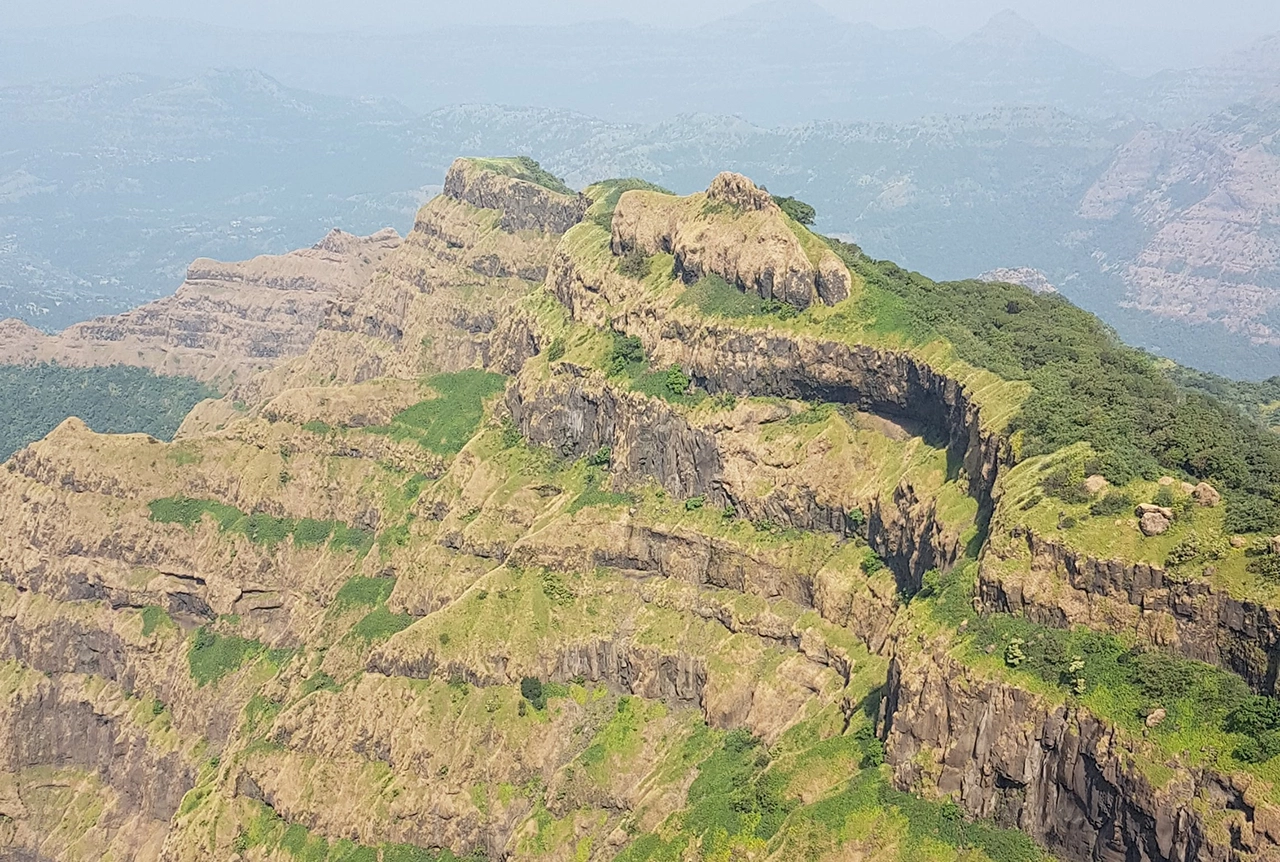
Could underground disposal of carbon dioxide help to reduce India’s emissions?
28/01/2025
BGS geologists have partnered with research institutes in India to explore the potential for carbon capture and storage, with an emphasis on storage.
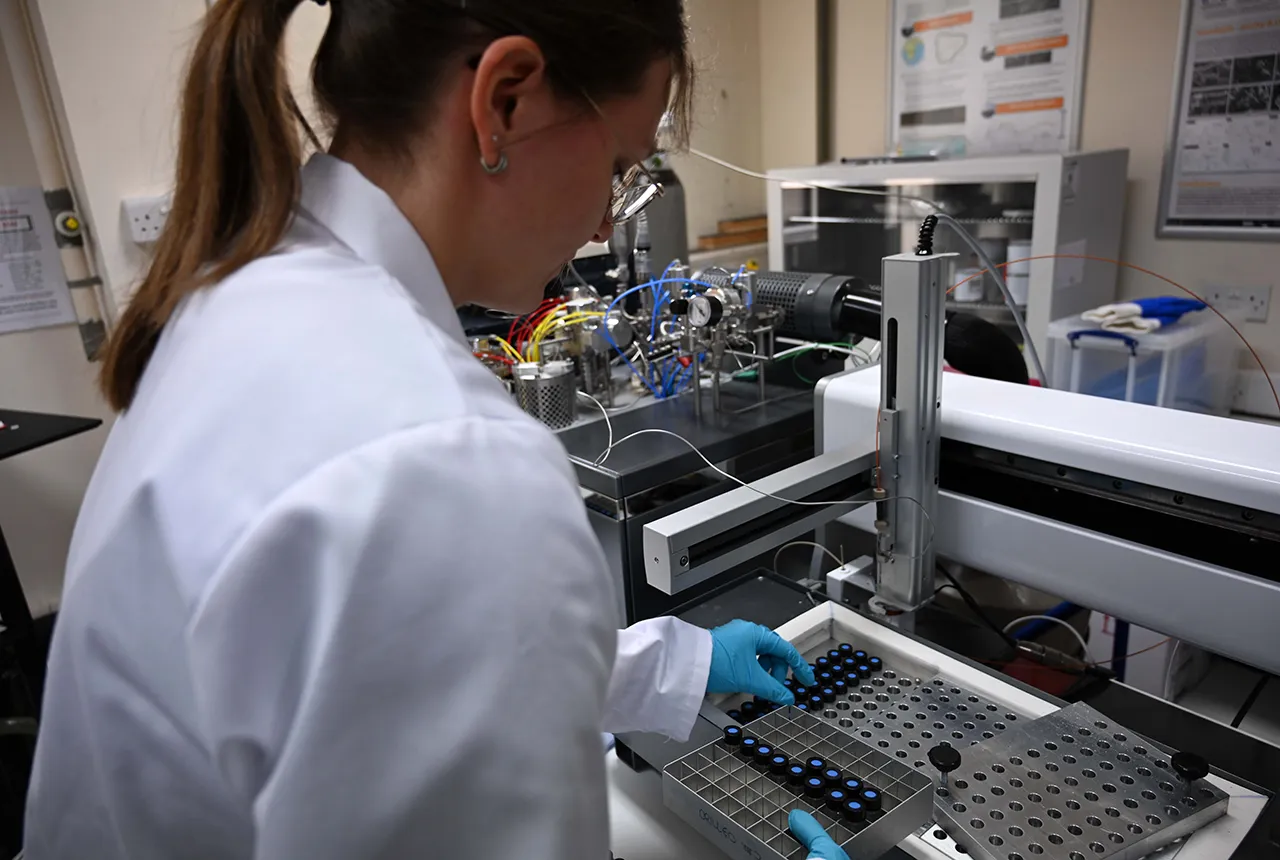
Carbon and oxygen isotope analysis of carbonates and the development of new reference materials
18/12/2024
Dr Charlotte Hipkiss and Kotryna Savickaite explore the importance of standard analysis when testing carbon and oxygen samples.
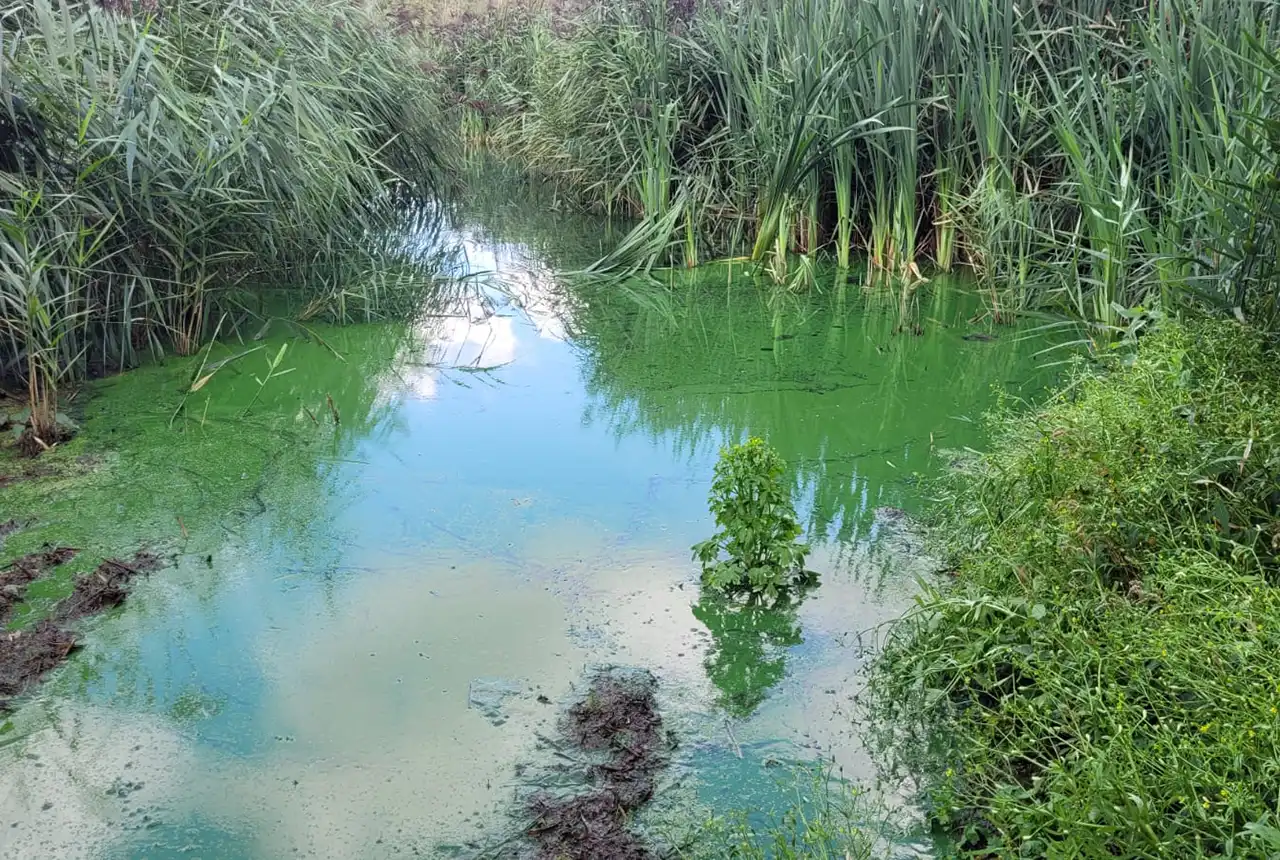
Studying oxygen isotopes in sediments from Rutland Water Nature Reserve
20/11/2024
Chris Bengt visited Rutland Water as part of a project to determine human impact and environmental change in lake sediments.
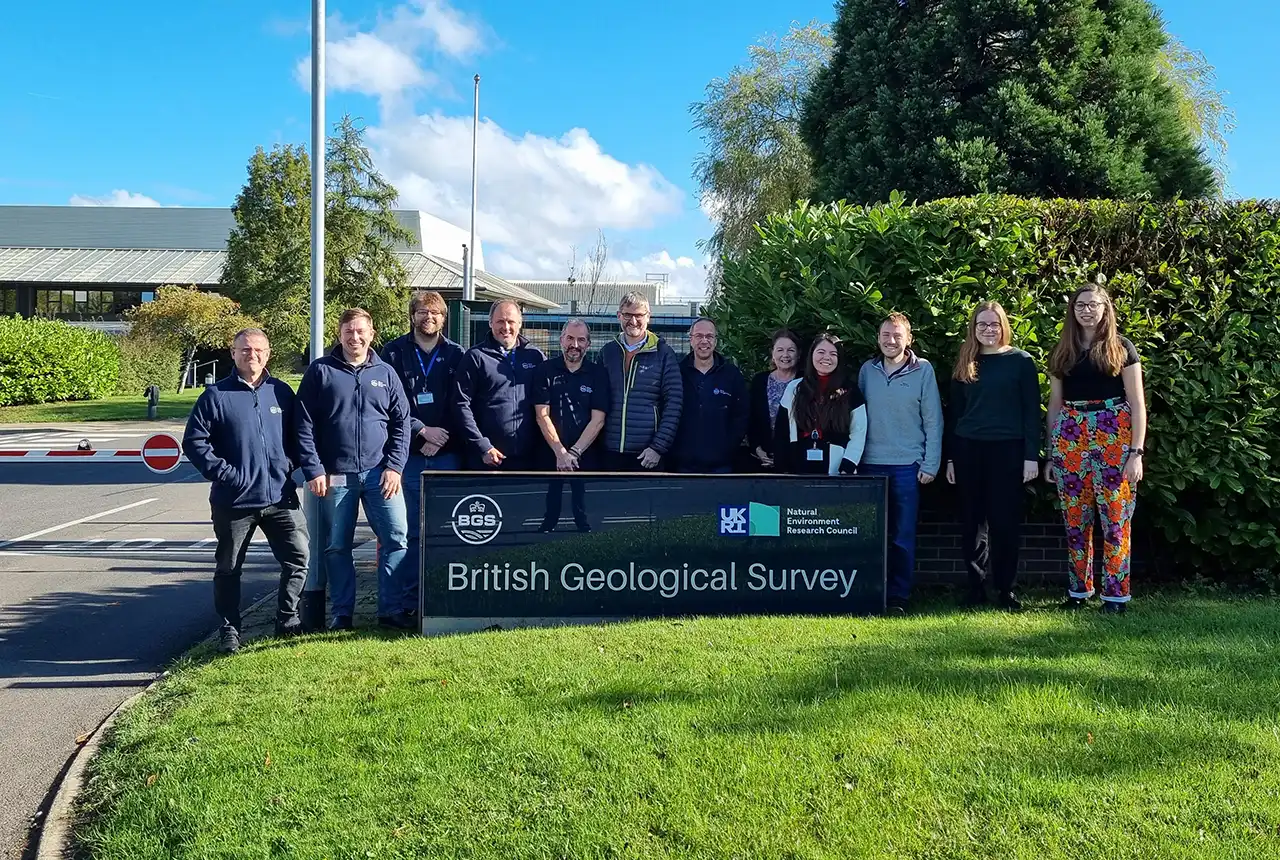
Celebrating 25 years of technical excellence at the BGS Inorganic Geochemistry Facility
08/11/2024
The ISO/IEC 17025 accreditation is evidence of technical excellence and reliability, and a mark of quality assurance.

Electromagnetic geophysics in Japan: a conference experience
23/10/2024
Juliane Huebert took in the fascinating sights of Beppu, Japan, while at a geophysics conference that uses electromagnetic fields to look deep into the Earth and beyond.
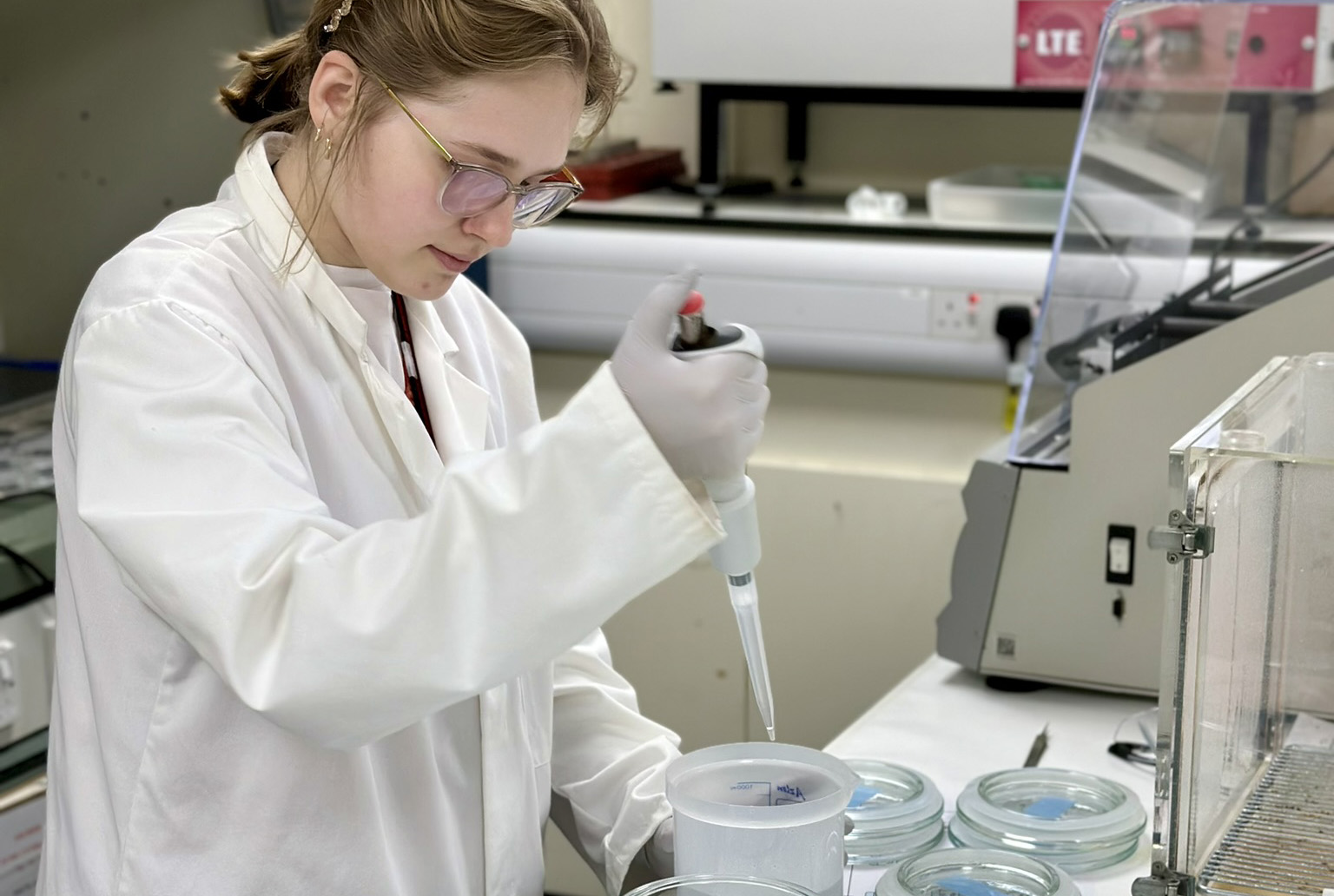
Exploring the role of stable isotope geochemistry in nuclear forensics
09/10/2024
Paulina Baranowska introduces her PhD research investigating the use of oxygen isotopes as a nuclear forensic signature.

BGS collaborates with Icelandic colleagues to assess windfarm suitability
03/10/2024
Iceland’s offshore geology, geomorphology and climate present all the elements required for renewable energy resources.
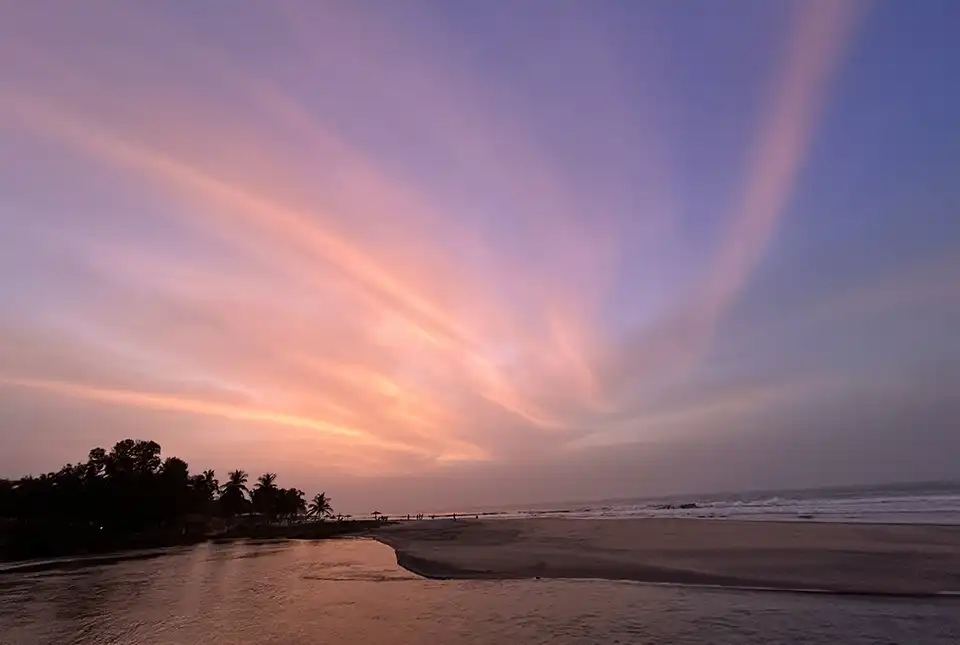
Mining sand sustainably in The Gambia
17/09/2024
BGS geologists Tom Bide and Clive Mitchell travelled to The Gambia as part of our ongoing work aiming to reduce the impact of sand mining.



